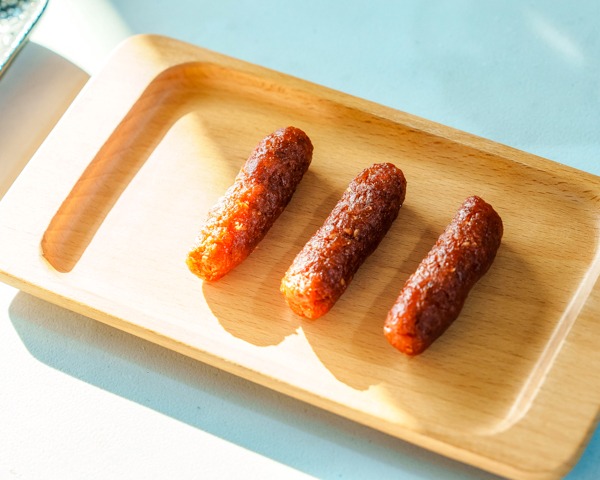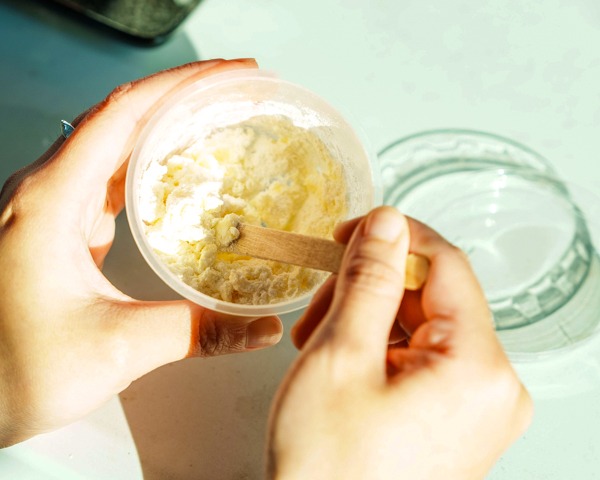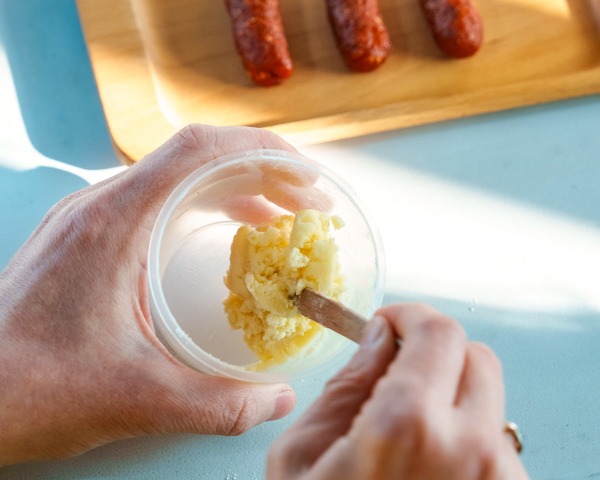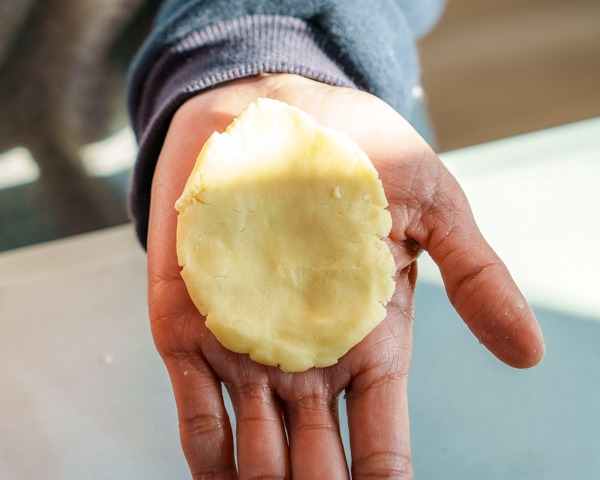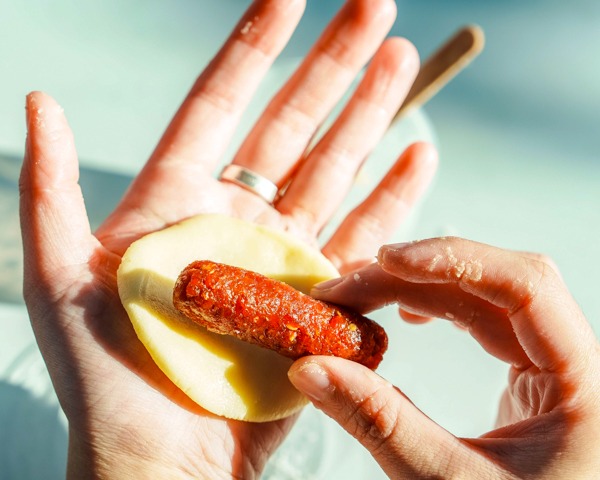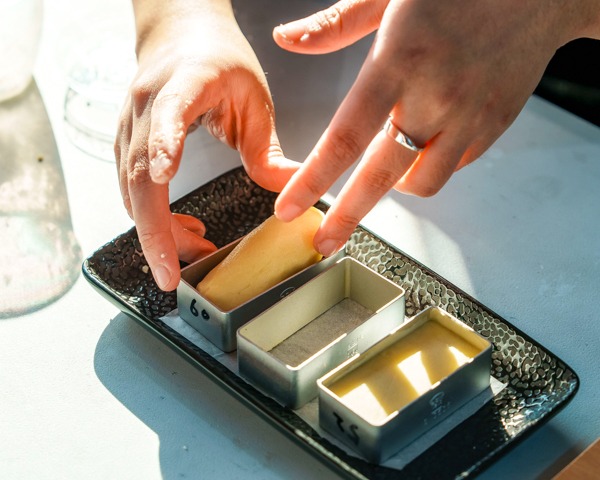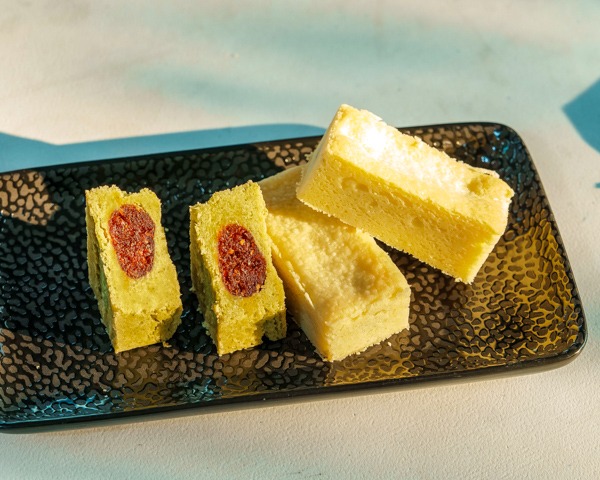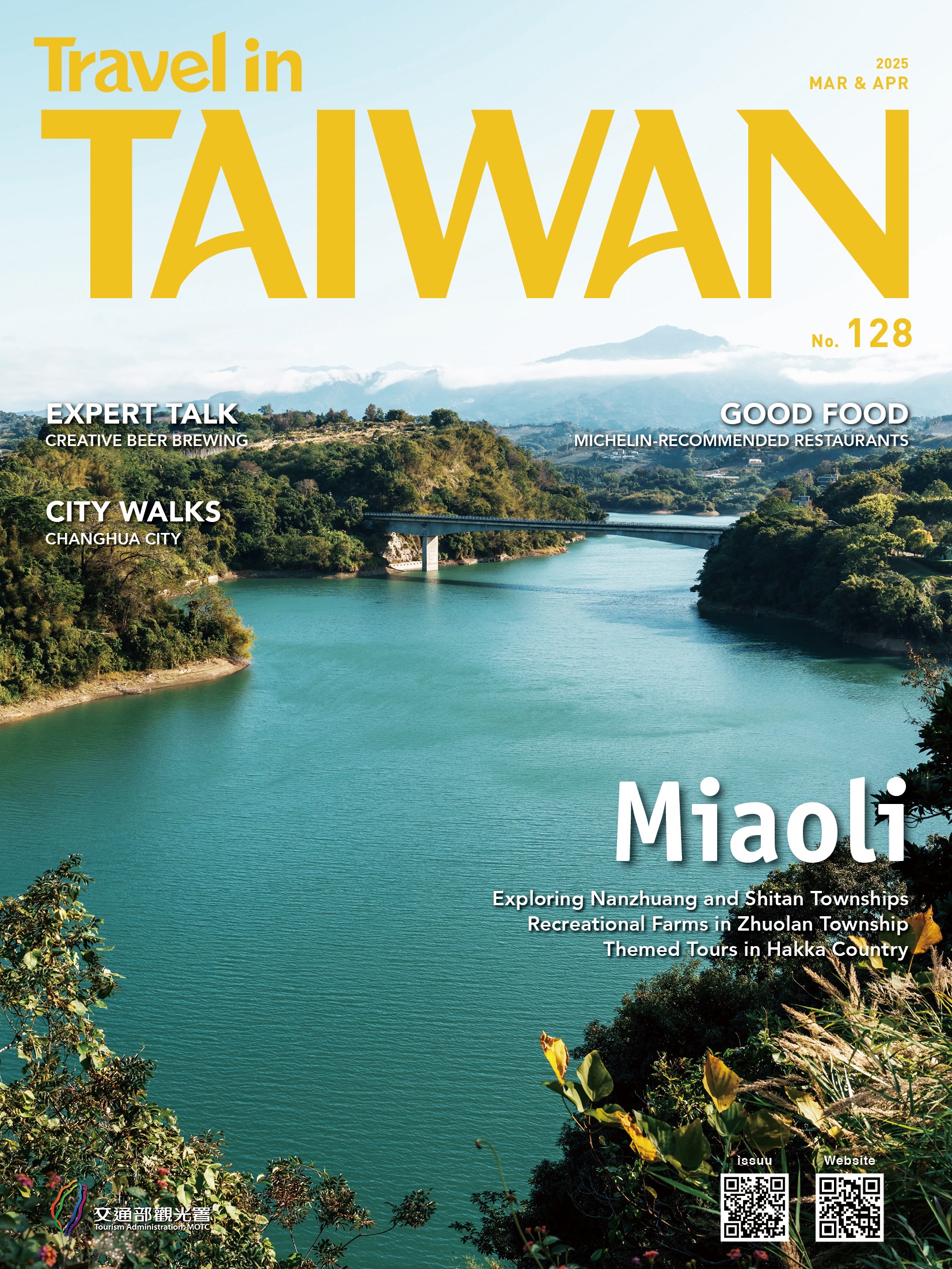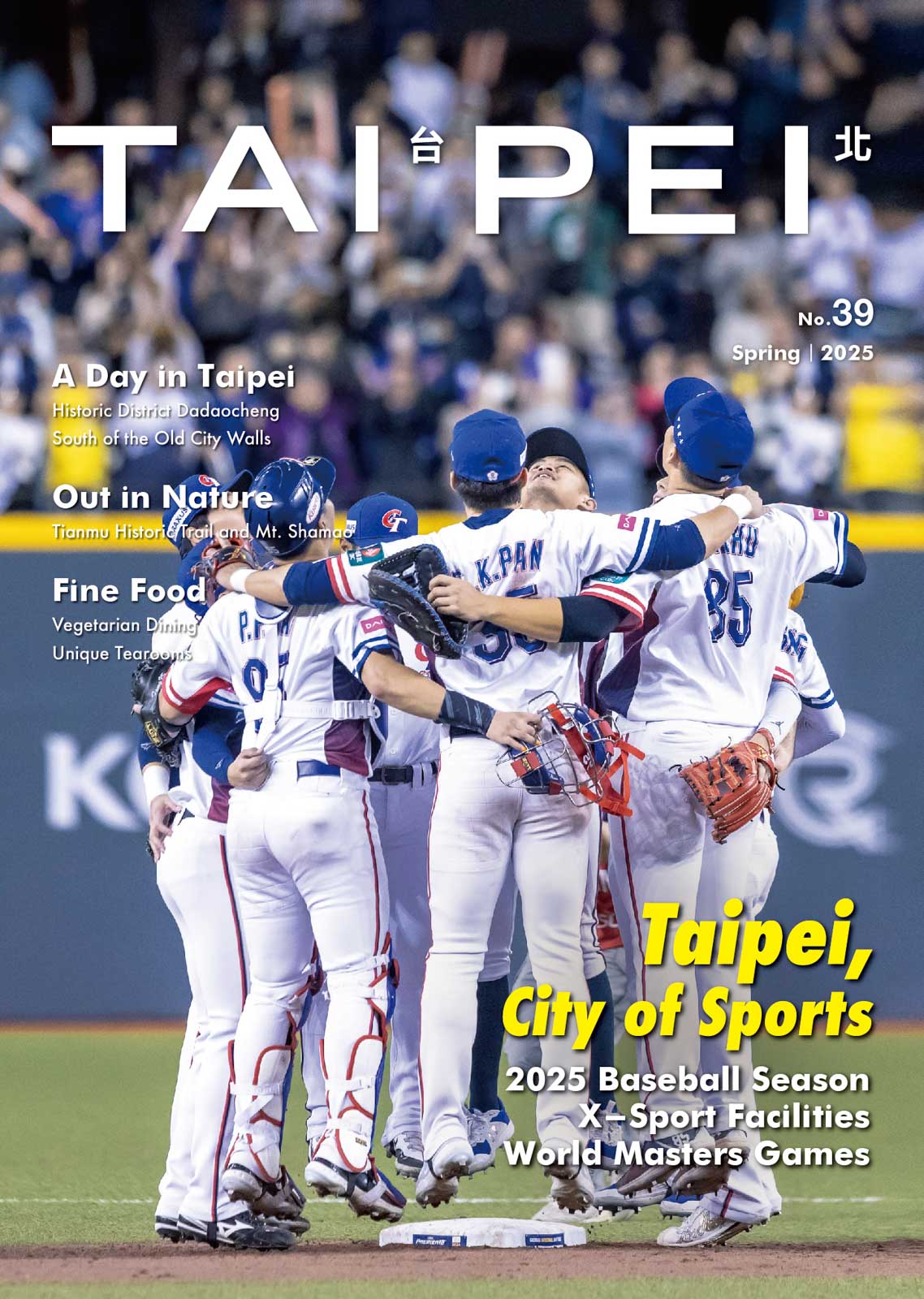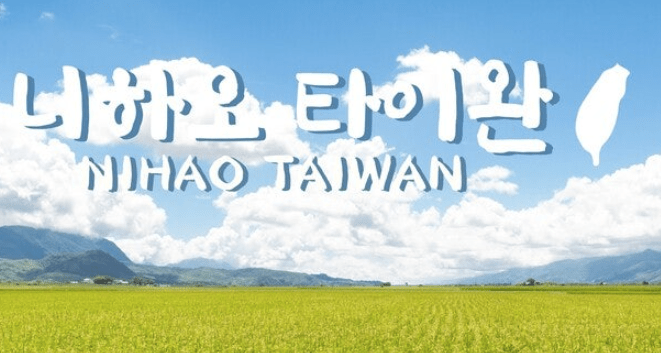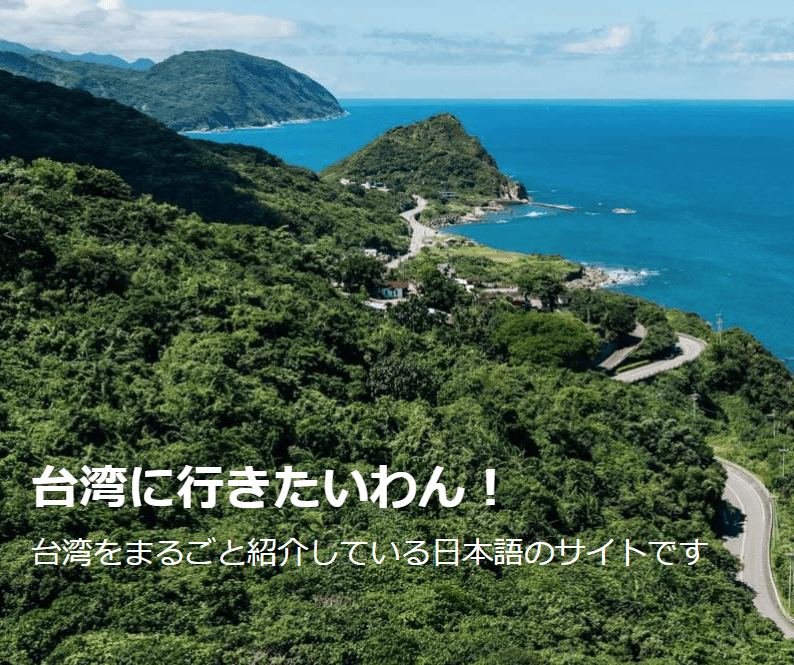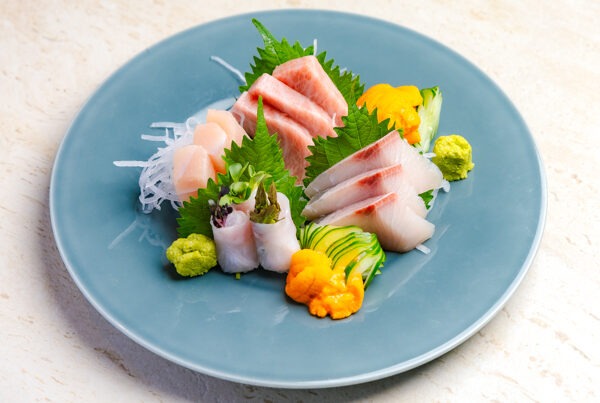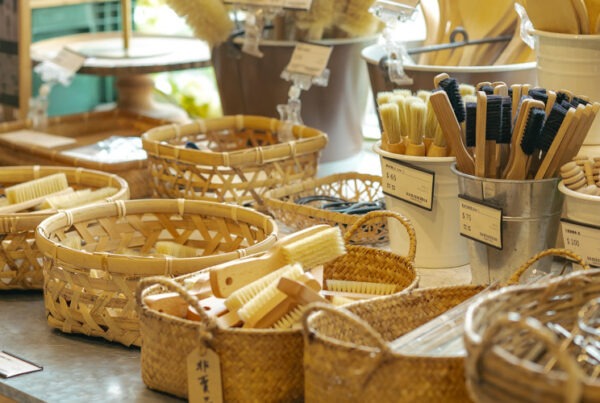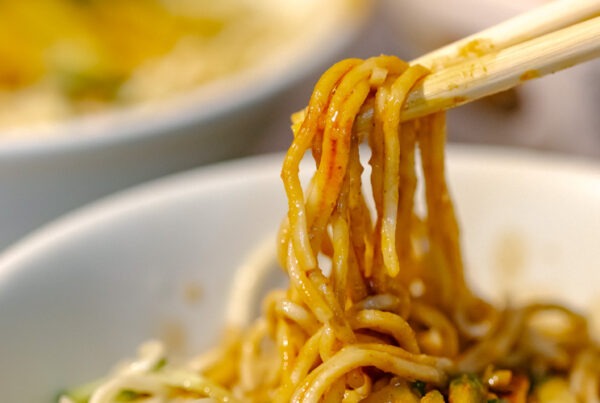A Visit to Leisure Agriculture Operations in Zhuolan Township
TEXT | AMI BARNES
PHOTOS | RAY CHANG
Striding through the modern streets of Taiwan’s big cities, it seems hard to believe that within living memory the island was primarily an agrarian society. Outside of the urban centers, however, pockets of this more rural way of life endure, for example in Miaoli County, where many small-scale farmers supplement their income with agritourism initiatives, providing visitors with engaging, hands-on ways of experiencing Taiwan.
Flower Home
Miaoli County does much to keep the country’s day market stalls full. Year-round, you’ll see straw-hatted farmers hunched over rows of crops or clambering up stepladders to tend to their orchards. Scattered throughout this pastoral paradise, several areas have been designated leisure agricultural zones – places where visitors can go to learn about and experience local farming practices, taste regional produce, and enjoy the enchanting rural scenery.

One such location is the Lixiping Leisure Agricultural Area. Occupying a river terrace on the right bank of the Da’an River, just north of Miaoli’s border with Taichung, Lixiping was once the site of a wartime airport but is today home to leisure farms, camp- and glampsites, coffee shops, and other such genteel tourist attractions. Among them is Flower Home. Part garden center, part botanical gardens, it’s ideal for anyone who enjoys strolling through photogenic flowers without exerting too much energy. Cute flourishes abound, and if your idea of a good trip involves heading home with a camera reel of colorful shots, you’ll have plenty of backdrops to work with here.
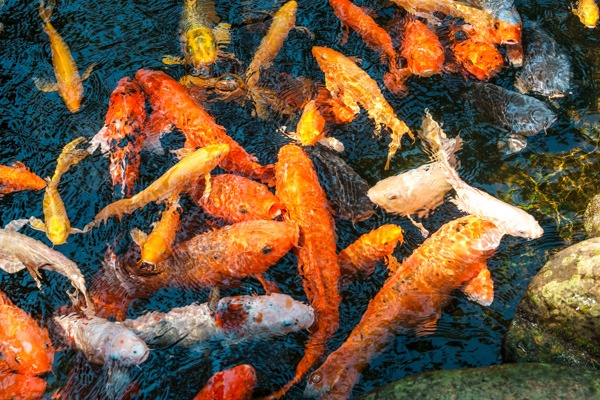

The space is broken up into several discrete zones. Some, like the orchid pavilion, change little throughout the year, but others, such as the exhibition area – which, at the time of Travel in Taiwan’s recent visit, contained a vibrant display of poinsettias – host seasonal exhibits. Drinks and sit-down meals are available at the Roses Bar and the indoor-outdoor Rainforest Café, and near the main entrance, you’ll find a huge greenhouse full of plants. One of Flower Home’s specialties is staghorn ferns, and these dramatic epiphytes, which have recently been enjoying something of a moment in Taiwan, are on sale in every size from teacup to moose head.



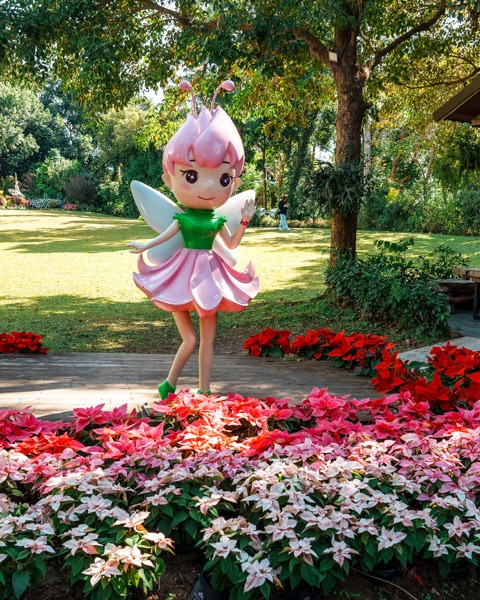
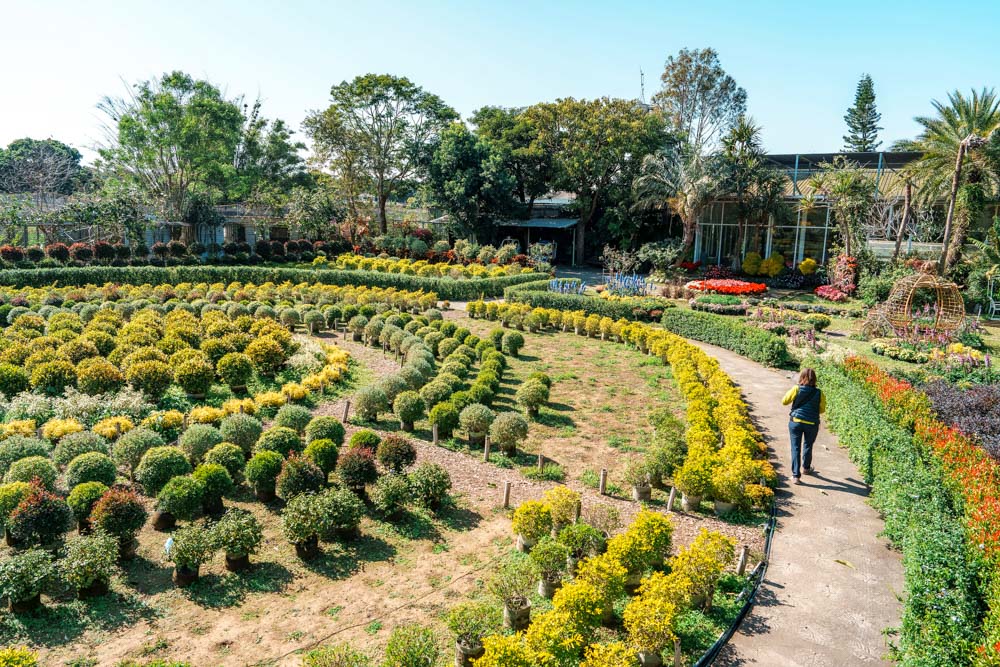
Towards the rear of the property is a final point of interest – a retail gallery showcasing the establishment’s house-crafted essential-oil products. There are facemasks and air diffusers, hand creams and conditioners – and for those who prefer experiential souvenirs, a DIY activity is also offered at the facility in which you get to make your own natural insect repellant. Or, if the experience you fancy is a spot of pampering, you could opt for an aromatherapy foot spa.
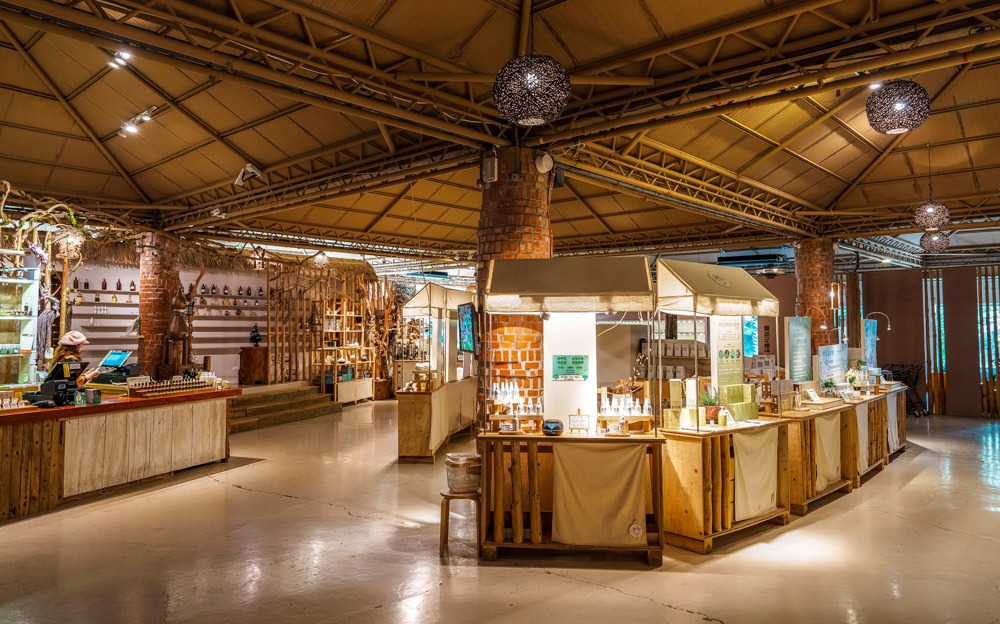
Admission to the Flower Home is NT$200 per person, but NT$100 of that is offsettable against the cost of any purchase made at the facilities mentioned above.
Flower Home | 花露農場
Add: No. 43-3, Xiping, Xiping Borough, Zhuolan Township, Miaoli County
(苗栗縣卓蘭鎮西坪里西坪43-3號)
Tel: (04) 2589-3280
Website: flowerhometw.com (Chinese)
Mama Dou Leisure Farm/Lixiping Visitor Center
Mama Dou Leisure Farm and the Lixiping Visitor Center sit a 3min drive west of the Flower Home. Although separate entities, the farm and visitor center occupy adjoining plots of land and cooperate in running a selection of DIY and produce-picking activities.
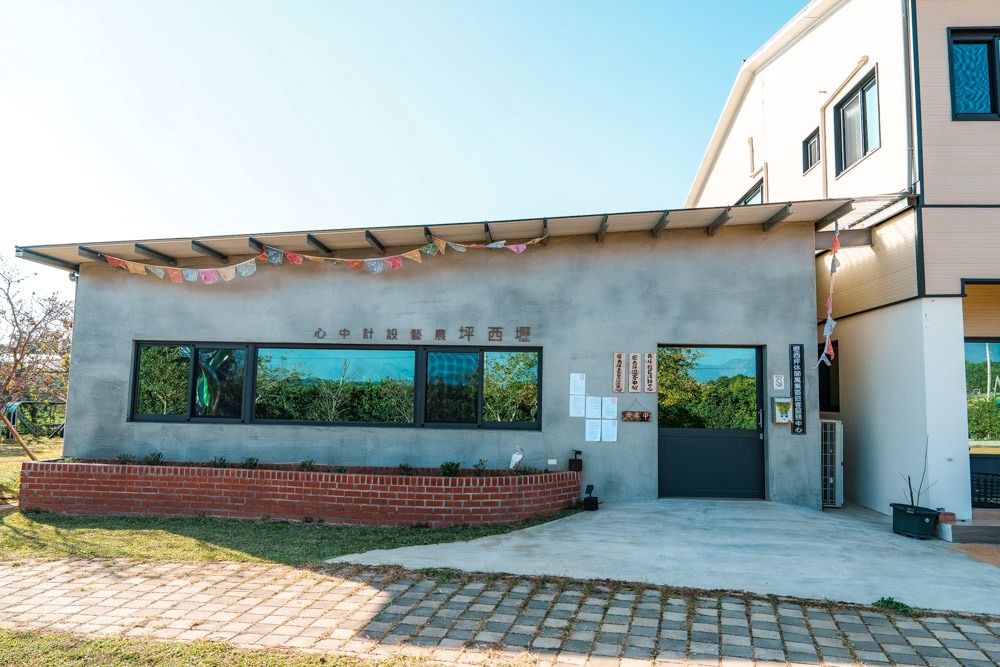
Before our visit, we had arranged to take part in a tomato cake class, and when we arrived, trays containing the necessaries had already been set up in preparation. Since we were the only guests, we quickly got at it, mixing our flour, milk powder, coconut milk powder, and butter until smooth. Once done, we were shown how to shape the resulting dough into rough ovals, wrap each around a sausage of candied tomatoes, and press the whole thing into little molds. The process took less than ten minutes and was easy enough to be suitable even for junior bakers. (Pre-booking is needed, particularly if English instruction is required.)

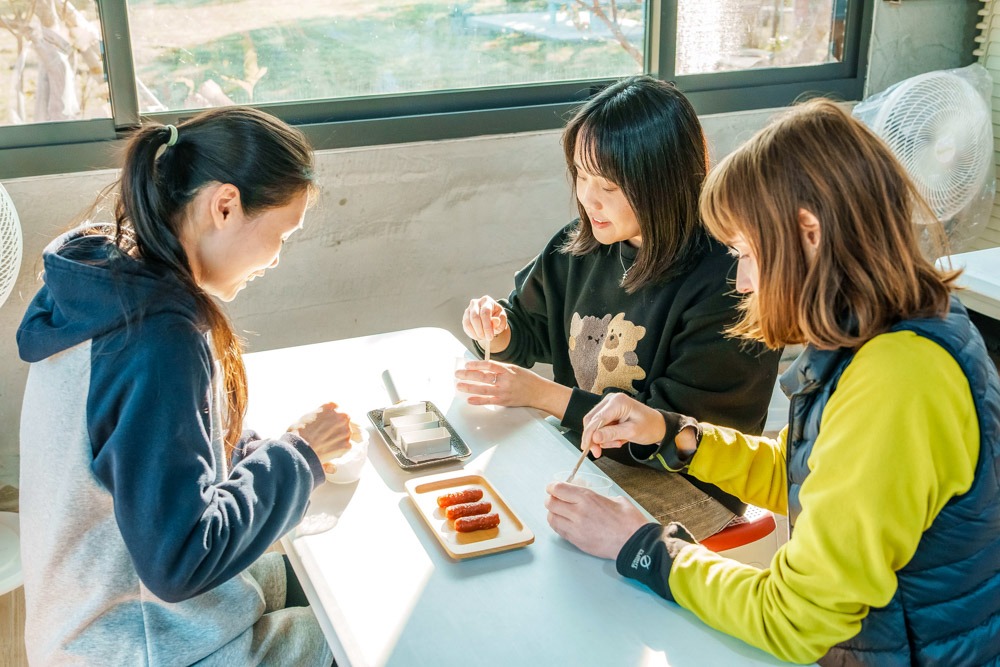
While waiting for the oven to do its thing we headed to the greenhouses, where Mama Dou was hard at work and all bundled up in the traditional uniform for Taiwanese farmworkers, protected head-to-toe against the winter’s combination of bright sun and biting winds. The farm, which uses environmentally friendly farming methods, produces tomatoes year-round along with Asian pears and a few other seasonal products. Mama Dou – who also happens to be the area’s lizhang (village or borough chief, the lowest rung in Taiwan’s bureaucratic hierarchy) – showed us how tomatoes ripen in sequence depending on their proximity to the main stem and explained the differences between seasonal varieties. Winter-ripening cultivars like oriental beauty and yunü (“jade girl”) are petite, thin-skinned, and sweet. Summer’s shengnü (“female saint,” aka cherry tomato), in contrast, have thicker skin and are meatier, making them suited to being candied and used in baking.
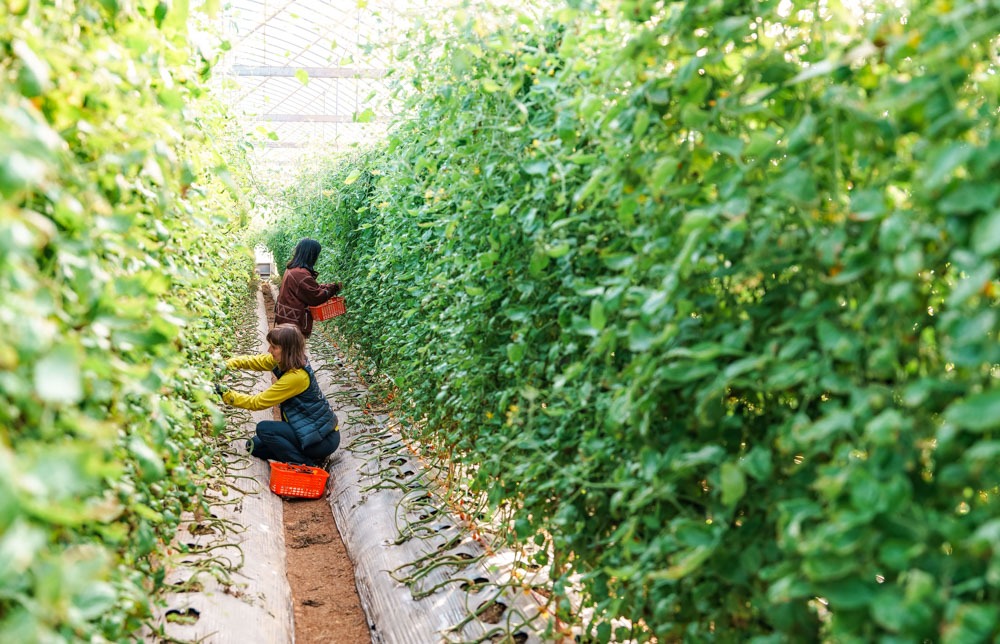
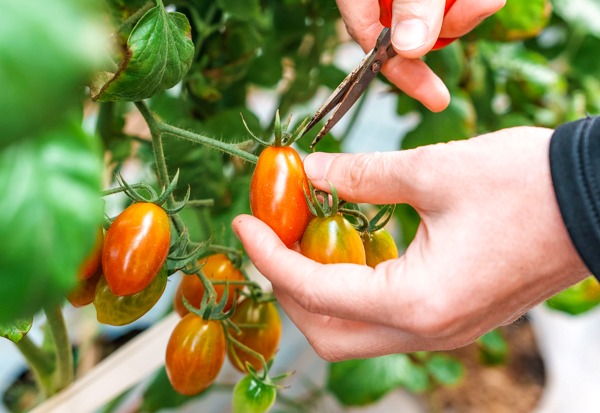
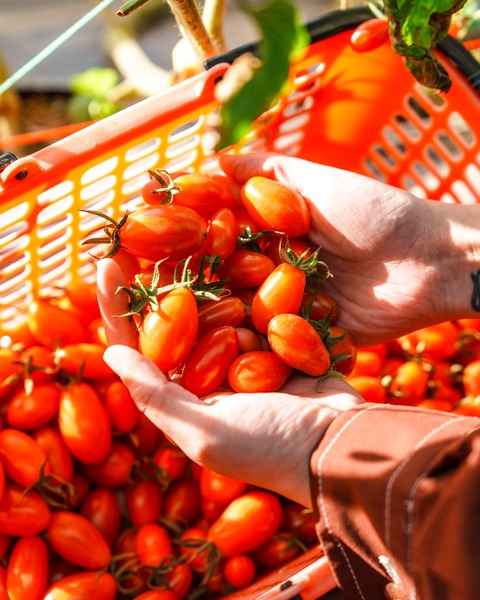
Speaking of which, upon returning to the visitor center, our oven-fresh cakes were ready for the taste test. On paper, I know candied tomato encased in a lightly coconut-flavored pastry does not sound like it should work, but all I can say is, don’t knock it until you’ve tried it – the pairing is surprisingly successful.
Mama Dou Leisure Farm | 荳媽媽休閒農園
Add: No. 109-20, Neighborhood 9, Xiping Borough, Zhuolan Township, Miaoli County
(苗栗縣卓蘭鎮西坪里9鄰109-20號)
Tel: (04) 2589-6923
Show May Fruit Garden
This fruit orchard operation can be found beside Miaoli Township Road 52 just to the south of Liyutan Reservoir (see box). From the start of November to the end of February, the boughs of the orchard’s many citrus trees hang low, weighed down by fat fruits, drawing urbanites in search of an easy introduction to farm life. A total of seven cultivars are grown here: Chinese honey orange, southern mandarin (eaten salted and warmed in the oven to ward off colds), emperor mandarin, muscott tangerine (so exceptionally sweet that after trying it, everything else will pale in comparison), sugar mandarin, and two others that defy translation.



After paying NT$100 each to enter the orchard, we were shown how to identify each of the varieties using shape and skin characteristics and then turned loose with buckets and scissors. So long as you dump the peel in one of your buckets, you’re allowed to consume as much fruit as is humanly possible while you’re picking – something we took full advantage of. Each thumb dug into soft skin sent out a fine mist of citrussy perfume, and the sweet-sharp scent of oranges soon filled the air. The winter sun warmed our backs as we made our way from tree to tree, fingers glistening with sticky juice – overall, a delightful multisensory treat.




Once you’ve eaten your fill, anything you’ve picked to take home is weighed and priced by the catty at prices comparable to market rates, so be sure to take a few for the journey.
Show May Fruit Garden | 秀妹果園
Add: No. 128-8, Xiping Borough, Zhuolan Township, Miaoli County
(苗栗縣卓蘭鎮西坪里125-8號)
Tel: 0919-723-258
FB: facebook.com/ShowMayFruit
Liyutan Reservoir
Liyutan Reservoir straddles the border between Dahu and Zhuolan townships and has been supplying water to Taichung City and Miaoli County since 1992. There’s space to park up beside the roadside reservoir lookout, and trails lead through a shady park to the water’s edge, where you can see the sawtooth weir and dam. It’s the perfect place to stop for a picnic with all your hard-earned spoils from your Miaoli leisure farm visits.


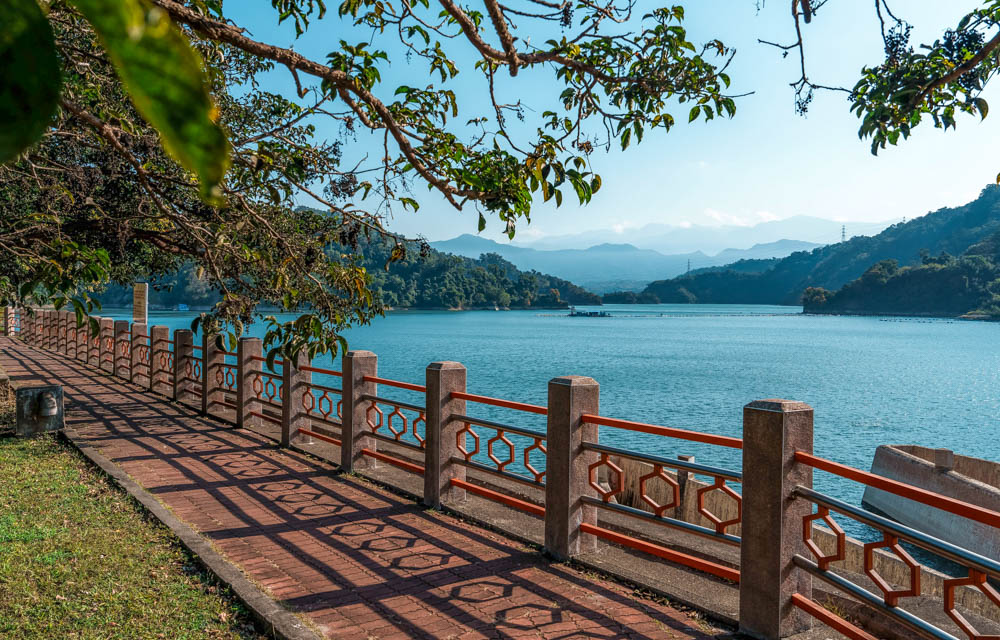

About the author



